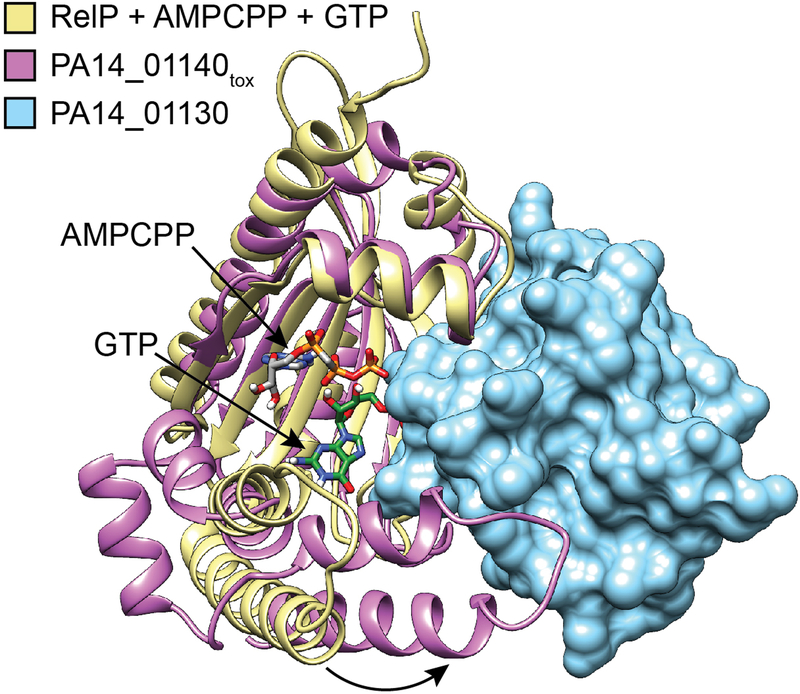Extended Data Figure 4 |. The C-terminal domain of PA14_01140 (PA14_01140tox) is toxic when expressed in E. coli.

a) PA14_01130 but not Tsi6PA14 inhibits PA14_01140tox mediated toxicity. Viability of E. coli cells grown on solid media harboring inducible plasmids expressing PA14_01140tox, PA14_01140tox + PA14_01130, PA14_01140tox + Tsi6PA14, or an empty vector control. b and c) PA14_01140tox is toxic to E. coli, even when expressed at approximately three copies per cell. Western blot analysis of pull-downs from E. coli expressing His6-PA14_01140tox-VSV-G in the presence of the indicated concentrations anhydrotetracyline (aTC) inducer (b). See “Quantification of Tas1tox overexpression in E. coli” in Methods for details. Viability of E. coli cells expressing His6-PA14_01140tox-VSV-G in the presence of the indicated aTC concentrations for 15 minutes (c). d) Amino acid residues in PA14_01140tox that structurally align with known pyrophosphate donor ATP interacting residues in RelQ are required for PA14_01140tox-mediated toxicity. Viability of E. coli cells grown on solid media harboring inducible plasmids expressing PA14_01140tox, each of the indicated PA14_01140tox point mutants or an empty vector control. Lysine 326 is a residue located within the PA14_01140tox active site that is not predicted to interact with the pyrophosphate donor ATP. e) Glutamate 382 is required for PA14_01140-based intoxication of susceptible recipient cells. Outcome of intraspecific growth competitions between the indicated PA14 donor strains and a ΔPA14_01130–1140 recipient. The parental PA14 strain genotype is ΔrsmA ΔrsmF. The competitive index is normalized to starting ratios of donor/recipient. Data are mean ±SD. P value range from two-tailed, unpaired t-tests is shown. a–e) Data are representative of three biological replicates.
